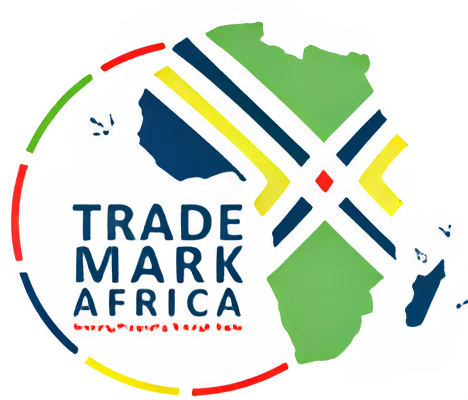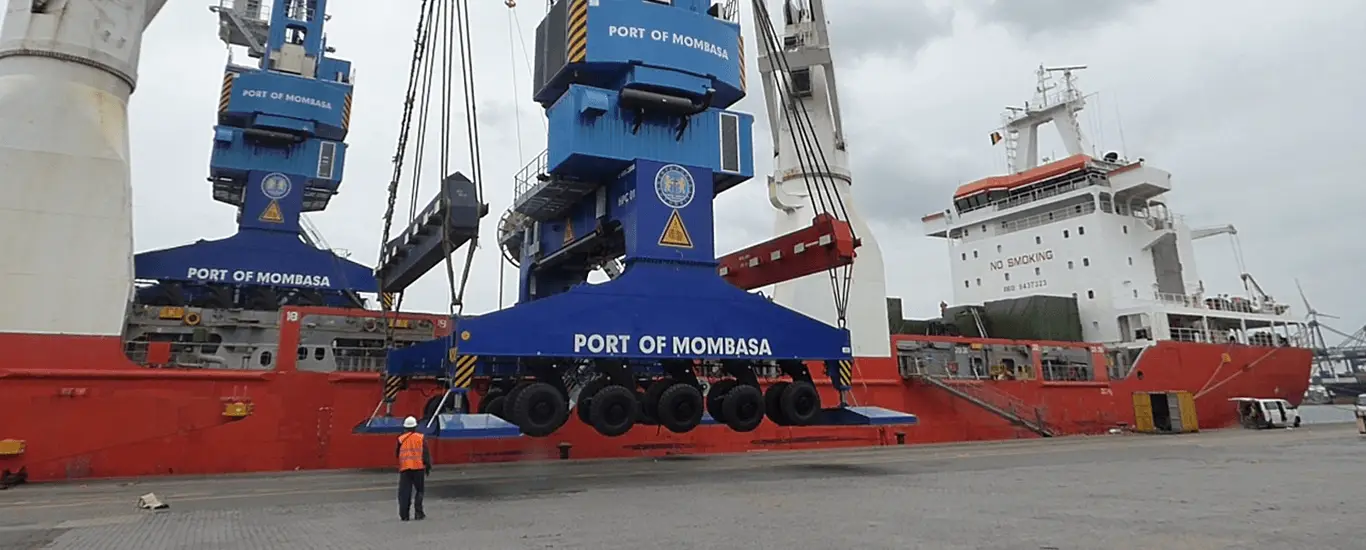The SET programme has highlighted Kenya’s lagging industrialisation, characterised by falling manufacturing to GDP ratios in the past few decades. Nonetheless, there is a real opportunity in the coming few years to get it right, doubling manufacturing output and creating 300,000 manufacturing jobs in the country. This will require implementation of a range of appropriate policies.
The SET programme worked with the Kenya Association of Manufacturers, in consultation with others, to propose 10 policy priorities, ranging from target investment climate reforms to improved skills, better financing and quality infrastructure. After a successful engagement strategy, political parties signed up to these policies during a meeting in July 2017, and they are expected to carry this initiative forward to the upcoming election.
One specific constraint is the lack of quality transport infrastructure in terms of roads and ports underpinning the transport corridor between Mombasa, Nairobi, Eldoret, Kampala and Kigali. Of course, any concerns should not ignore the considerable progress that has already been made.
For example, with support from the UK DFID-funded (other donors also contribute) programme TradeMark Africa(TMA), the port of Mombasa is becoming more efficient and relying more on electronic systems. I myself witnessed the offloading of a DFID-funded crane, which will make the port more efficient and greener. A more efficient port has contributed to an 12% increase in cargo in the first half of 2017 (compared to the same period the previous year).
In the past, CDC, the UK’s development finance institution, invested in Grain Bulk Handlers Ltd through Actis, but it exited this in 2016, citing success including exceeded performance measures.
Supported by TMA, the Kenya Ports Authority (KPA) is using a dashboard of performance indicators that show, for example, that average port days went from 4 in 2012 to 2.9 in 2016. The average transport costs for a 20ft container from Mombasa reduced by a third from $2.9/km in 2011 to $2/km in 2015.
More can be done to reduce transport costs for a 20ft container to meet the middle-income country average of $1/km and help Kenya industrialise. China has funded the new standard gauge railway, which will start operating freight trains later this year, with possible knock-on effects for capacity and costs along the Nairobi–Mombasa corridor. Japan is financing a road, opening up the area to the south of Mombasa. There are also plans for an expressway between Mombasa and Nairobi (to be constructed in six years by Bechtel with support from UK export finance and with the aim of reducing road travel time from 10 to 4 hours).
There are also planned investments in the port itself. The European Investment Bank with others is considering a $200 million loan to modernise berths, and Japan will be lending $350 million for a second phase around the second container terminal. Much port finance has been leveraged through the efforts of TMA (which has an office in the port), which has coordinated donors through a donor conference and a resulting port charter. The charter brought together a range of relevant public and private associations and involved a number of performance contracts in the government of Kenya.
A real opportunity (and at the same time a challenge) is to develop export supply capacity to make full use of the lower trading costs. TMA and the KPA have plans to develop the Dongo Kundul Special Economic Zone around Mombasa to do just this. Increased investment in productive capacity, especially in agro-processing, but also garments and metal engineering, will create jobs, turn Mombasa into an export port and put Kenya on a more transformational footing. The new road infrastructure and increased port efficiency should make export firms more competitive. The KPA has already reserved land for the zone, but coordinating its construction and financing will be a challenge.
There is a further opportunity for UK development cooperation instruments to help. Such assistance could build on successes already achieved, with the UK also benefiting from cheaper imports (directly or indirectly through other countries) and potentially more exports and investment. This is one example how the UK (through aid, development finance and export finance) can lock together the aims of infrastructure development, industrialisation and job creation in Kenya with benefits for the UK and elsewhere.


